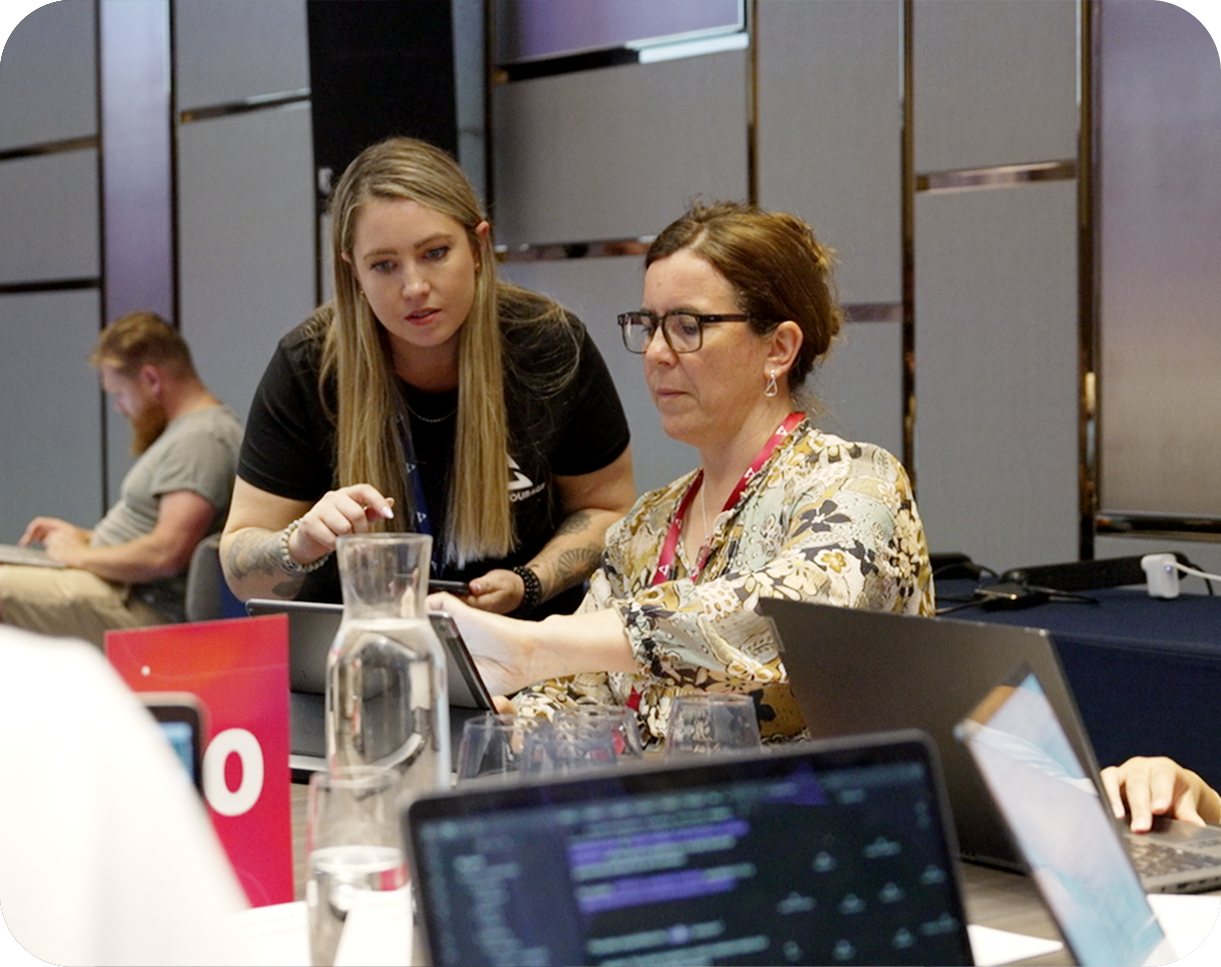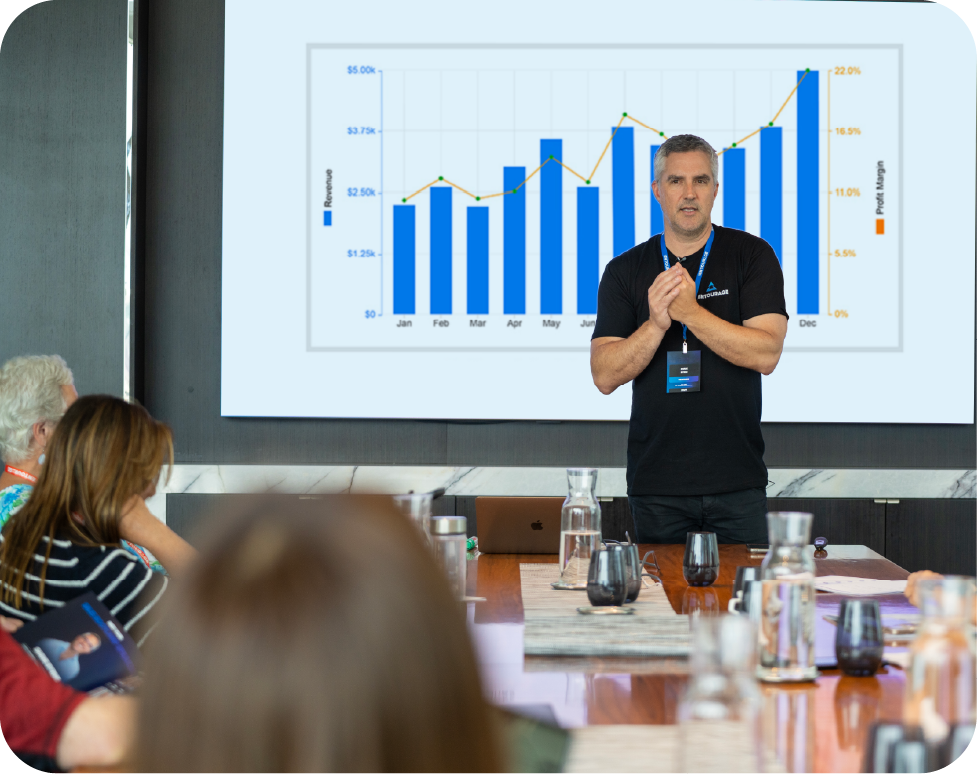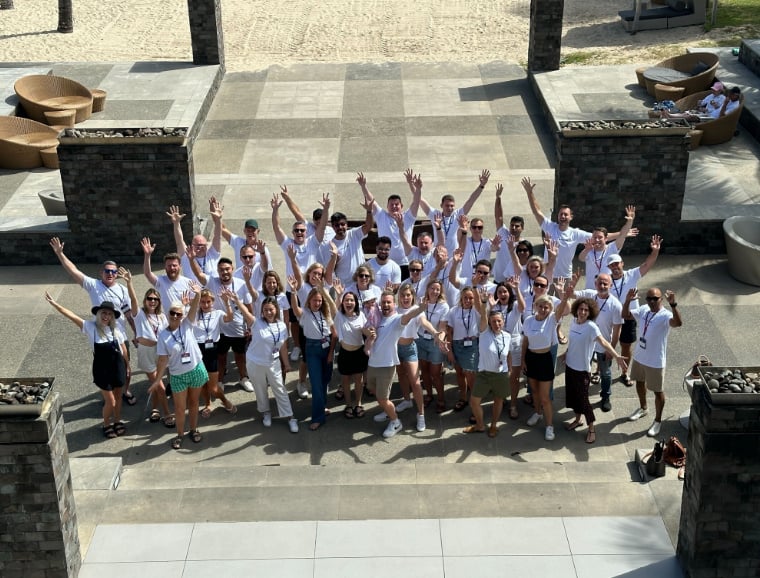The way people connect and collaborate has undergone a seismic shift — one driven by technology, speed, and global reach. From virtual classrooms to video conferencing tools, remote interaction has become widespread. For enterprise teams, managing distributed projects has gone from being optional to essential. It calls for new strategies, tools, and cultural adaptability.
As the future of work unfolds, distributed teams are becoming the norm. This shift offers flexibility and global talent access but also brings unique challenges. It demands thoughtful use of best practices, technology, and cultural understanding. Remote connections now extend beyond work into many areas, including video dating apps, which shows how deeply distributed interaction has become part of everyday life.
Insights Into the Distributed Workforce
Employees located in diverse geographic areas, frequently across multiple time zones and cultures, make up remote teams. This model contrasts sharply with traditional co-located groups and demands a new approach to leadership, communication, and project management.
Distributed work has become a permanent feature of the modern workplace due to its lasting advantages:
- Global talent access
- Cost savings
- Enhanced employee flexibility
- Improved business continuity
These benefits continue to fuel the widespread adoption of the remote work model across industries.
Key Challenges in Managing Distributed Teams
Managing distributed workforces involves complexities that differ greatly from traditional, co-located groups. These obstacles range from communication and coordination to trust-building and performance oversight, all of which require deliberate strategies to overcome.
-
Communication Barriers
Without face-to-face interactions, misunderstandings can occur more easily. Different communication styles and reliance on text-based channels can sometimes lead to ambiguity, which causes confusion or delays. Additionally, the lack of nonverbal cues, such as tone and body language, makes it harder to fully grasp the intent behind messages, which can affect collaboration and morale.
-
Time Zone Differences
Coordinating meetings and deadlines across multiple time zones requires careful planning and flexibility. It can be challenging to find overlapping working hours that suit everyone, which may result in some colleagues working outside their regular schedules. This often necessitates asynchronous communication methods and a strong emphasis on clear documentation to keep all members aligned.
-
Building Trust and Team Cohesion
When remote staff rarely meet in person, fostering trust and a shared team identity can be difficult. The absence of casual interactions, like watercooler conversations, reduces opportunities for bonding and relationship-building. To overcome this, leaders need to create intentional social moments and encourage transparency to help colleagues feel connected and valued.
-
Managing Productivity and Accountability
Without physical oversight, leaders should find ways to track progress without micromanaging. This requires defining clear goals, milestones, and measurable outcomes that allow team members to work autonomously while remaining accountable. Regular check-ins and the use of project management tools can help maintain visibility into progress without undermining trust.
-
Ensuring Effective Knowledge Sharing and Collaboration
In distributed environments, the risk of information silos increases, as team members work independently across locations and time zones. Without deliberate systems for capturing and sharing knowledge, critical insights and expertise can be lost or inaccessible to others. Implementing centralized knowledge management tools and fostering a culture of open information sharing are vital to keeping everyone informed and aligned.
5 Best Practices for Overseeing Global Remote Teams
-
Establish Clear Communication Protocols
Setting clear guidelines on when, how, and through which channels communication should happen is crucial. Video calls are ideal for brainstorming, decision-making, and fostering social connections, while email, chat, and project management tools are better suited for updates and documentation. Regular check-ins — whether daily or weekly — help keep everyone aligned and enable quick resolution of any issues.
-
Leverage the Right Technology Tools
Take advantage of a variety of integrated tools designed to enhance collaboration and efficiency:
- Project management: Asana, Jira, and Trello for tracking project progress and managing deadlines.
- Communication: Slack, Microsoft Teams, Zoom for instant messaging and video conferencing.
- Document sharing: Google Workspace, SharePoint for real-time collaboration on files.
- Time zone management: World Time Buddy or similar apps to schedule meetings effectively.
Using the right combination of these tools ensures smooth coordination, keeps everyone on the same page, and helps overcome the barriers posed by distance and time differences.
-
Foster a Strong Team Culture
Building a cohesive team culture remotely requires intentional effort to encourage understanding and connection among diverse members. Leaders should promote cultural awareness and empathy by creating informal spaces for members to share personal stories and cultural insights.
Celebrating milestones and achievements openly can boost morale and foster a sense of belonging. Informal virtual gatherings, such as coffee breaks or casual hangouts, help simulate the social interactions that naturally happen in an office environment.
-
Adapt Leadership Styles
Leaders looking to succeed with distributed teams should adopt a mindset that supports and empowers their people. Instead of controlling every detail, they should:
- Focus on outcomes, not hours worked
- Empower colleagues with autonomy and trust
- Provide frequent feedback and recognition.
By adopting this flexible and supportive leadership approach, managers can inspire greater motivation and productivity within distributed teams.
-
Prioritize Well-Being and Work-Life Balance
Supporting the well-being of remote employees is essential for sustaining productivity and job satisfaction. Encourage colleagues to set clear boundaries between work and personal life to prevent burnout.
Encourage regular breaks and flexible scheduling, and whenever possible, offer access to mental health resources. Leaders should also be attentive to signs of isolation or stress and create an environment where colleagues feel comfortable discussing their challenges.
A Checklist for Effective Distributed Team Management
To help managers implement these practices, here is a useful checklist:
- Set up communication norms and tools.
- Create detailed project documentation accessible to all.
- Schedule regular team meetings with flexible timing.
- Implement task tracking and progress reporting systems.
- Facilitate virtual team-building activities monthly.
- Provide leadership training focused on remote management.
- Encourage transparency and psychological safety.
- Recognize and reward remote contributions.
- Rotate meeting times to respect all time zones.
- Offer continuous learning and development opportunities.
The future of work is global and distributed. While managing teams across borders and time zones challenges traditional norms, it opens up new opportunities. Clear communication, cultural adaptability, technology, and empathetic leadership enable organizations to build effective distributed workforces capable of tackling complex projects.
Related Categories
Ryan Terrey
As Director of Marketing at The Entourage, Ryan Terrey is primarily focused on driving growth for companies through lead generation strategies. With a strong background in SEO/SEM, PPC and CRO from working in Sympli and InfoTrack, Ryan not only helps The Entourage brand grow and reach our target audience through campaigns that are creative, insightful and analytically driven, but also that of our 6, 7 and 8 figure members' audiences too.





